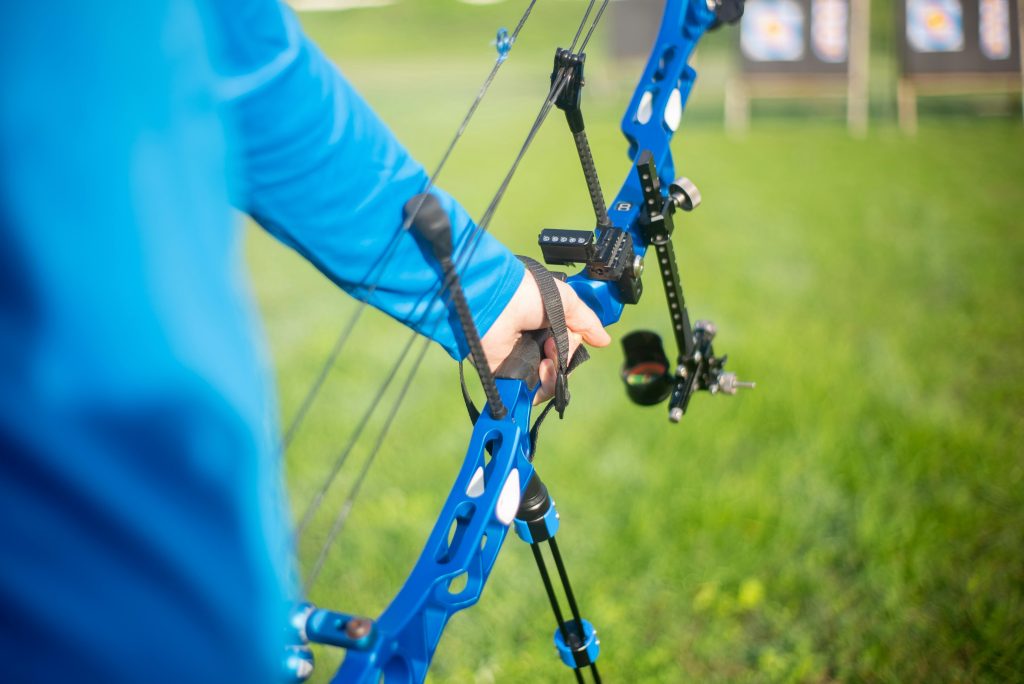“Ever found yourself frustrated because your dog won’t even sit when you’re holding a treat? Yeah, us too.” Target training might be the answer to all your struggles. Whether you’re a first-time pet owner or someone with years of experience, mastering target training is like unlocking superpowers for your furry friend!
In this post, we’ll explore everything about target training—what it is, why it works, and how to implement it effectively. You’ll also find actionable steps, expert tips, and answers to frequently asked questions (FAQs). Let’s dive in!
Table of Contents
- Introduction to Target Training
- Why Target Training is Game-Changing
- Step-by-Step Guide to Teaching Target Training
- Top Tips & Best Practices for Success
- Real-Life Examples of Target Training Triumphs
- Target Training FAQs Answered
Key Takeaways
- Target training helps pets learn commands faster by focusing on specific objects or actions.
- It’s highly versatile—it can teach anything from basic obedience to complex tricks!
- Consistency and positive reinforcement are crucial for success.
- Avoid rushing the process; patience pays off.
Why Target Training is Game-Changing
Optimist You: “This method sounds amazing!”
Grumpy You: “Ugh, another pet trick…do I really have time for this?”
Here’s the deal: target training isn’t just some cute gimmick—it has real science behind it. By using an object (like a stick or your hand), you create a clear focus point that guides your pet through behaviors they need to learn. Imagine turning that chaotic zoomie session into a choreographed performance where your pup touches their nose to a target whenever you ask.

Oh, and here’s my confessional fail: One time, I tried teaching my cat target training but used tuna as both the reward AND distraction. Spoiler alert—it didn’t go well. Lesson learned: Always separate rewards from tools.
Step-by-Step Guide to Teaching Target Training
Step 1: Choose Your Target Object
Select something easy for your pet to interact with—a spoon, a clicker stick, or even your finger. Keep it consistent!
Step 2: Introduce the Concept
Show the object to your pet. When they sniff, touch, or nudge it, immediately reward them with praise or a treat. Repeat until they get curious every time they see it.
Step 3: Add a Verbal Cue
Once your pet reliably interacts with the target, add a command like “Touch” or “Go.” Pairing words with actions solidifies understanding.
Step 4: Gradually Increase Distance
Start moving the target further away so your pet must walk toward it to complete the task. This builds engagement.
Step 5: Practice Real-Life Scenarios
Use target training to guide your pet in everyday situations, such as stepping onto a scale at the vet or entering their crate.
Top Tips & Best Practices for Success
- Keep Sessions Short: Aim for 5–10 minutes max to avoid overwhelming your pet.
- Reward Every Attempt: Even if the action isn’t perfect, reinforcing effort keeps morale high.
- Avoid Overloading Rewards: Don’t throw treats around willy-nilly unless you want chaos worthy of a viral TikTok vid.
- Stick to Positive Reinforcement Only: No yelling, no punishments. Positive vibes only!
Terrible Tip Alert: Someone once suggested slathering peanut butter on the target object to encourage interaction. Sounds genius, right? Wrong. All you’ll end up with is a messy disaster zone covered in gooey pawprints.
Real-Life Examples of Target Training Triumphs

Meet Charlie, a hyperactive Labrador who struggled with jumping on guests. Through target training, his owner taught him to direct his energy toward touching a designated stick instead of people. Now, visitors are greeted politely while Charlie gets plenty of playtime.
Or take Luna, a shy rescue kitty who wouldn’t come near anyone. Her owner used a feather wand as her target object, gradually building trust. Fast forward six months, and Luna confidently leaps across agility courses designed entirely with targets!
Target Training FAQs Answered
What Exactly is Target Training?
Target training involves teaching your pet to touch or follow a specific object or body part on command. It’s widely used for improving behavior and teaching complex tricks.
Can Any Pet Learn Target Training?
Absolutely! While dogs and cats are most commonly trained this way, birds, rabbits, and even reptiles can benefit from the technique.
How Long Does It Take to See Results?
Results vary based on your pet’s personality and consistency in practice. Most owners notice progress within 1–2 weeks of daily sessions.
What If My Pet Isn’t Interested?
Switch up the reward system! Experiment with different treats, toys, or verbal praise to pinpoint what motivates your pet best.
Is There Any Equipment Required?
No fancy gear needed—just a small object (or your hand) and a pocketful of treats will suffice.
Conclusion
Target training opens new doors for communication between you and your pet, enhancing bonding and enabling advanced behavioral skills. Remember, consistency and positivity are key. And hey, if things feel tough, channel your inner grump for motivation: “Coffee first, then target training.”
Like assembling IKEA furniture without instructions, figuring out pet training alone can be overwhelming—but you’ve got this. Rock on, trainer extraordinaire!
P.S. Here’s a haiku for your hard work:
Paws meet targets strong, Tails wag, bonds grow tighter— Training is love.


